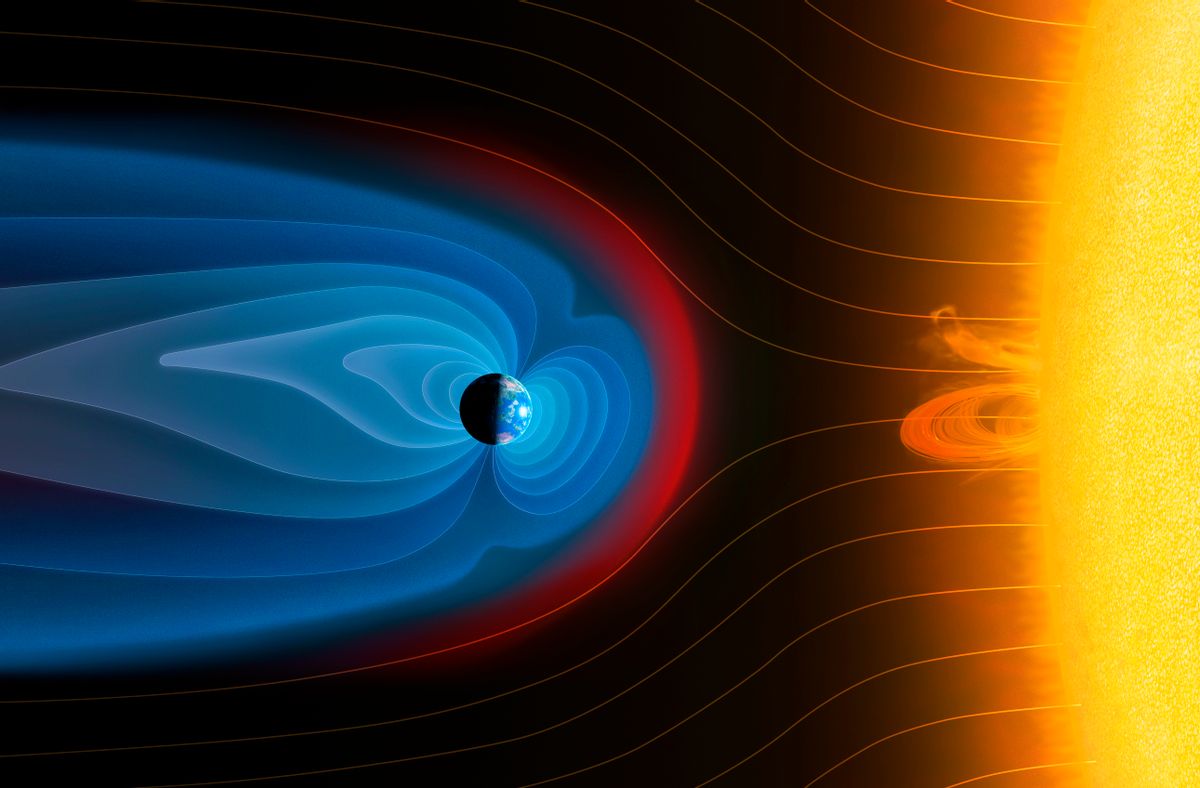As the April 8, 2024, total solar eclipse approached, Snopes' inbox began to fill up with a familiar claim that "tonight," cosmic rays would pass close to the Earth, endangering those who leave switched-on personal electronic devices close to them. The text of these "copypasta" messages was nearly identical in every case:
Tonight from 12:30 am to 3:30 am do not forget to turn off your cell phone, tablet, computer, etc. and place it very far from your body. Singapore TV announced this news. Please tell your relatives and friends. Tonight, from 12:30 am to 3:30 am, our planet will have very high radiation. Cosmic rays will pass very close to the earth. So please turn off your cell phone. Do not leav the equipment close to your body, as it may cause terrible damage. If you don't believe you can check on Google and NASA BBC News. Send this message to all the people important to you. Everyone is in danger, take care of yourselves.
This viral message, which we last fact-checked in 2017, is a hoax that has been circulating online since at least 2014. It's been debunked repeatedly since, by outlets such as Agence France-Presse in 2021, which noticed it was being shared widely in Thailand. In 2019, Vishvas News also addressed this claim when it was spreading in India.
Where Do Cosmic Rays Come From?
Cosmic rays have two sources. One type of cosmic ray originates from supernovas, which are massive stars that "die," collapsing on their own gravity, and then turn either into black holes or neutron stars. As they go through this process, the supernovas hurl charged particles — protons and electrons — through space. These particles go so fast, they can penetrate easily through matter. The second source of cosmic rays is the sun. Solar flares and other solar events can also emit charged particles that reach Earth.
The good news is that Earth's magnetic field protects us from these cosmic rays, according to the International Atomic Energy Agency (IAEA):
The Earth is shielded by a magnetic field that makes the charged particles bounce from pole to pole, creating two gigantic donut-shaped belts populated by energetic electrons and protons. The magnetosphere deflects cosmic rays and protects us from solar flares. Sometimes, cosmic radiation does reach us, but without creating any harm, just like other low levels of radiation we are regularly exposed to.
This video by the television program Nova explains it well:
How Exposed Are We?
The average human is exposed to 3.5 millisieverts of radiation per year, according to the IAEA, only 10% of which is due to cosmic rays. A far larger proportion of such radiation comes from medical exams like X-rays, mammograms, or CT scans, the agency says. There are other natural sources, including radon, which the soil emits in certain areas.
Our level of exposure to cosmic rays varies, because the higher up in space we find ourselves, the more exposed we are. For example, we are more exposed to cosmic rays on high-altitude flights that pass over the poles. This is of particular concern to airplane crews on long-haul flights, a risk about which the Federal Aviation Administration (FAA) has issued a warning to airline employees.
People who travel into space are even more at risk of harmful radiation. NASA also warns its employees about the risk of cancer potentially cause by that radiation, among other things:
Radiation exposure incurred during space exploration is one of the greatest threats to an astronaut's health. The associated risks include, carcinogenesis, degenerative tissue effects, central nervous system effects, and acute radiation syndromes. The radiation environment outside of Earth's protective atmosphere is comprised of energetic protons and heavy nuclei that pose a hazard to living organisms. The damage caused by energetic nuclei has been shown to produce distinct biological damage compared with radiation on Earth, leading to large uncertainties in the projection of health risks and obscuring evaluation of the effectiveness of possible radiation countermeasures.
But as long as we stay on Earth, and thanks to our planet's magnetic field, cosmic rays do not ordinarily pose a significant threat to human health, according to the U.S. Centers for Disease Control.

